Pediatric osteopathy
Osteopathy in babies, children and adolescents
Children's Osteopathy is an innovative area of specialization in Osteopathy. This area of intervention involves an adaptation of adult Osteopathy techniques to the physiology of children and babies, takes into consideration everything specific to children and is adapted to the phase of development and maturation. Osteopathy has a marked preventive nature and therefore, the earlier the action with the baby or child, the greater the prevention.
The Pediatric Osteopath
with an expanded objective, is equipped with the necessary skills for the recognition and treatment of the most relevant pathologies of the child from birth to second childhood, analyzing specific aspects in the integration of motor development and determining key points in the detection for good clinical reasoning in patients who require multidisciplinary treatment in early childhood and deepening the diagnostic means of osteopathy and those of other health specialists.
Interventions
Asymmetries of the spine, muscle and joint pain, torticollis, plagiocephaly, difficulties in reaching motor stages such as rolling over, crawling, crawling..., difficulties in sucking, infant colic, GE reflux, constipation, otitis, recurrent bronchitis, sinusitis.
Children's Osteopathy
is a technically and structurally relevant approach to assessment, diagnosis, and treatment to meet the challenges of daily pediatric osteopathic clinical work. We need to focus on the recognition, management and safeguarding of critical situations, diagnosis and management of complex pediatric cases. Know how to handle motor development in the first year of life from the perspective of osteopathy, pediatric neurology, and the exploration of pediatric developmental automatisms. Also manage sleep disorders, an expansion of visceral, infection and respiratory osteopathy, without neglecting features related to second childhood: motor control and posture.
Description
Infant osteopathy ranges from infants from birth to children to adolescents. During the first visit, the complete medical history, the evolution of the boy or girl's growth and development, are collected. In the case of babies, information about pregnancy and childbirth is requested. Afterwards, the child's osteopathic examination is performed, so the osteopath has an image of the overall functioning of the body beyond the affected area. With the information obtained from the medical history and the examination, the osteopath performs the treatment.
Techniques and treatments
The treatment is global and individualized, it is based on the principle of the individual as a unit, where all parts and systems are interrelated, as well as on the body's capacity for self-regulation. We work through gentle and safe manual techniques that adapt to the needs of each patient.
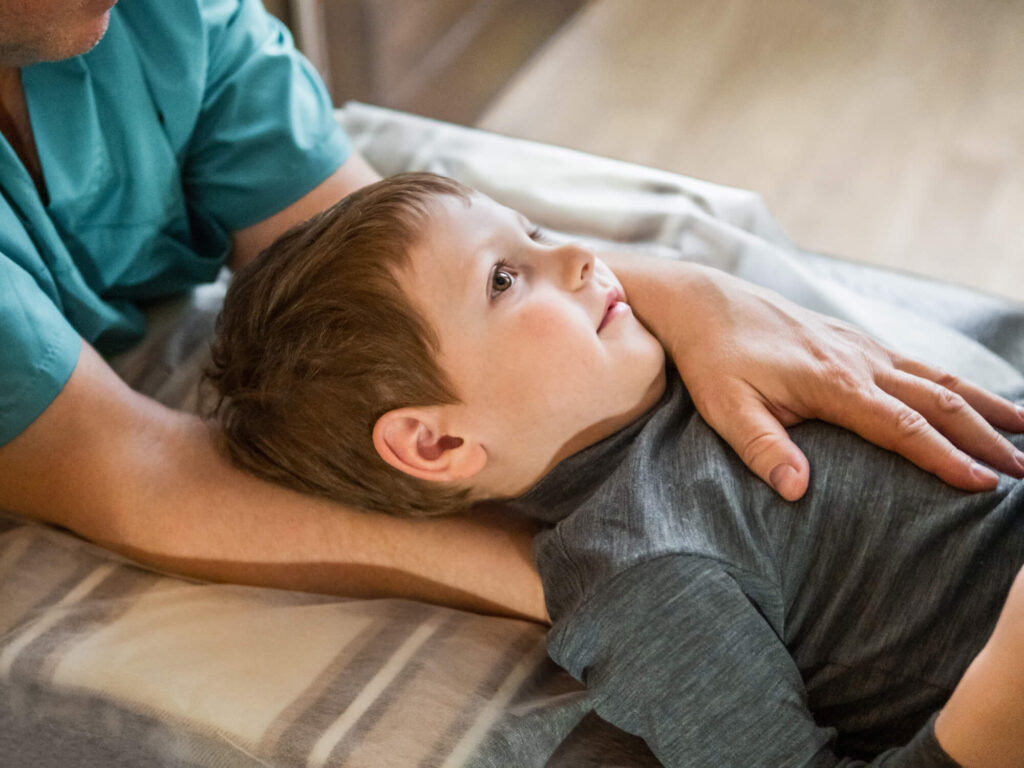
What does a pediatric osteopath do?
Osteopathic treatment begins with a complete examination: anamnesis, posture inspection, palpation of tissues and joints, active and passive mobilization tests, orthopedic and neurological tests, radiological examination and those laboratory tests that the patient can provide. The osteopathic examination will reveal all the mechanical alterations of the locomotor system, skull and visceral system. After this careful, precise and global evaluation, the osteopath will establish the patient's injury chain. As well as different situations ranging from musculoskeletal disorders (e.g. torticollis, scoliosis, plagiocephaly) to gastrointestinal disorders (e.g. reflux, infant colic, constipation). Emotional disorders (e.g. bruxism, insomnia, nervousness) In the therapeutic part, the osteopath will apply a series of techniques adapted to the previously established osteopathic diagnosis. The pace of treatment sessions varies from case to case: treatment is usually required every 15 days to three weeks, except in very acute cases where sessions can be carried out more frequently.
Children's Cranial Osteopathy
Cranial osteopathy is a gentle, relaxing style of treatment that supports the body's innate capacity for self-regulation, self-maintenance and repair. Every parent knows that what a child needs most when he is in trouble is to be held. Adults are not different.
There is a large and growing body of evidence supporting the therapeutic use of touch in a wide range of contexts. Cranial Osteopaths harness and enhance the power of touch by studying anatomy and physiology in great depth and learning to synchronize with the many ways our bodies strive to maintain and restore balance, harmony and health.
The cranial treatment is very gentle, making it suitable for the most vulnerable patients, including babies, children and pregnant women, as well as the elderly and those suffering from complex health problems. Most people find the treatment deeply relaxing and the state it induces is often compared to meditation.
What is baby cranial osteopathy?
Cranial osteopathy is a gentle treatment that promotes health through therapeutic touch. It is the manual therapy treatment of choice for babies because it is a very gentle approach. Despite the name, its principles and techniques can be applied to the entire body.
How does cranial osteopathy for babies work?
Much of the stress we experience in everyday life comes from the adaptations our bodies have made to things that happened to us in the past. Birth is one of the most challenging events we experience in our lives. Babies have an amazing ability to compensate and most of the problems they face will resolve themselves over time. However, as stress on our bodies increases, it can begin to compromise their ability to self-maintain and repair. Many babies can benefit from some support to resolve the minor stresses and strains that often occur as a result. Addressing any unresolved tension early can help avoid problems later.
It feels strange to receive such a non-invasive, gentle and comprehensive treatment. It's strange not to feel the manipulation while it's happening. But it is wonderful to realize that the problems are disappearing little by little.
What do cranial osteopaths do for babies?
Cranial osteopaths are experts at identifying unresolved tension from factors during pregnancy or childbirth and gently helping babies release it so their bodies can return to functioning as nature intended. They apply a modern scientific understanding of anatomy, physiology, and developmental psychology to the use of therapeutic touch. During treatment, a cranial osteopath will use their hands to identify areas of tension or imbalance in the baby's body and will try to understand where it is coming from, what impact it is having and what type of support she needs to resolve. They will then hold different parts of your baby's body to help him rebalance. The treatment is very gentle and most babies seem to find it relaxing.
In what conditions can baby cranial osteopathy help?
Osteopathy is a patient-centered rather than disease-centered approach. This means that osteopaths focus on the stress and imbalances that compromise the body's ability to self-maintain and repair, rather than focusing on the medical condition itself. As a result, osteopathy can help your baby respond more effectively and help her adapt, regardless of the challenges she may face with her health. For example, a large randomized controlled trial of osteopathic treatment in premature babies found that it significantly reduced the length of their hospital stay.
Choosing an experienced cranial osteopath with specialized pediatric training will give you confidence that your baby is in good hands. Our goal is to improve and correct the shape and function of the skull. The osteopath knows that an imbalance at this level can cause different symptoms, both local and distant (for example, when a baby cries in one eye it can be caused by compression of the frontal bone above the nose). The assessment tool that an osteopath uses is her hands. Only with good training, a lot of training and great experience in palpation, does she learn to value the small but necessary mobility of the bones of the skull.
Babies and children of all ages can benefit from cranial osteopathy which is ideal for treatment as its gentle techniques minimize stress on their delicate growing bodies. “Babies can't tell us what they're going through, but an experienced cranial osteopath learns to listen with their hands.”
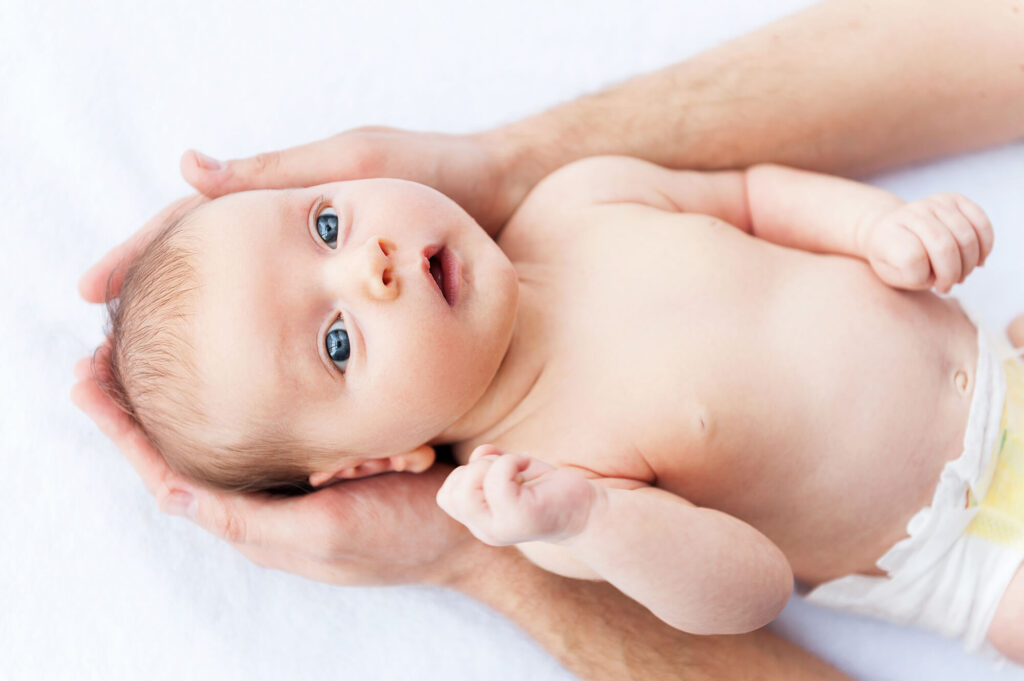
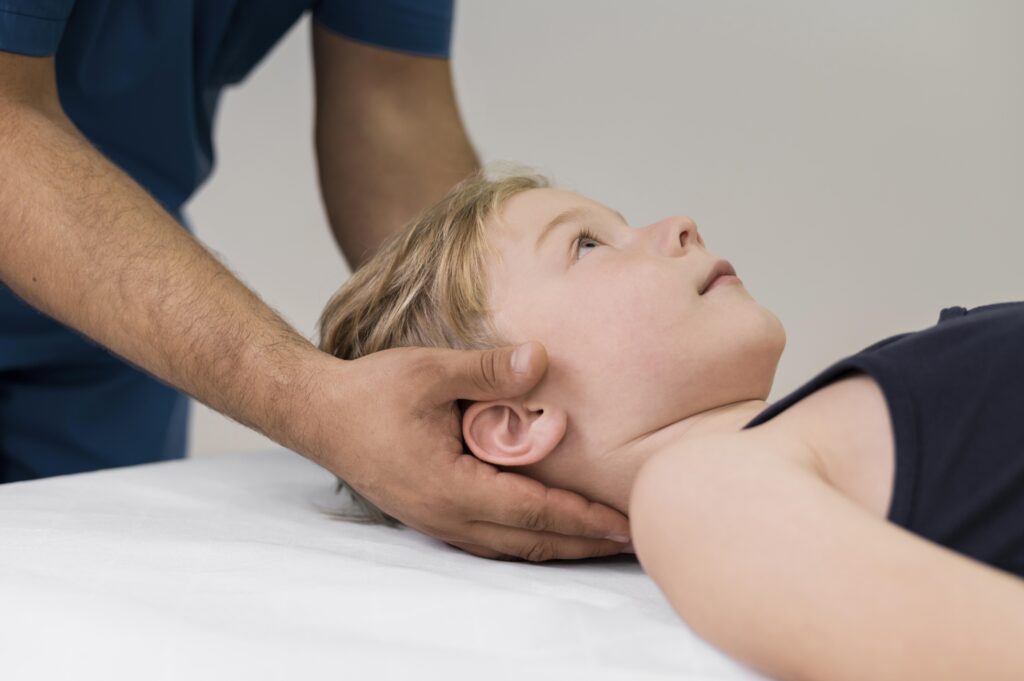
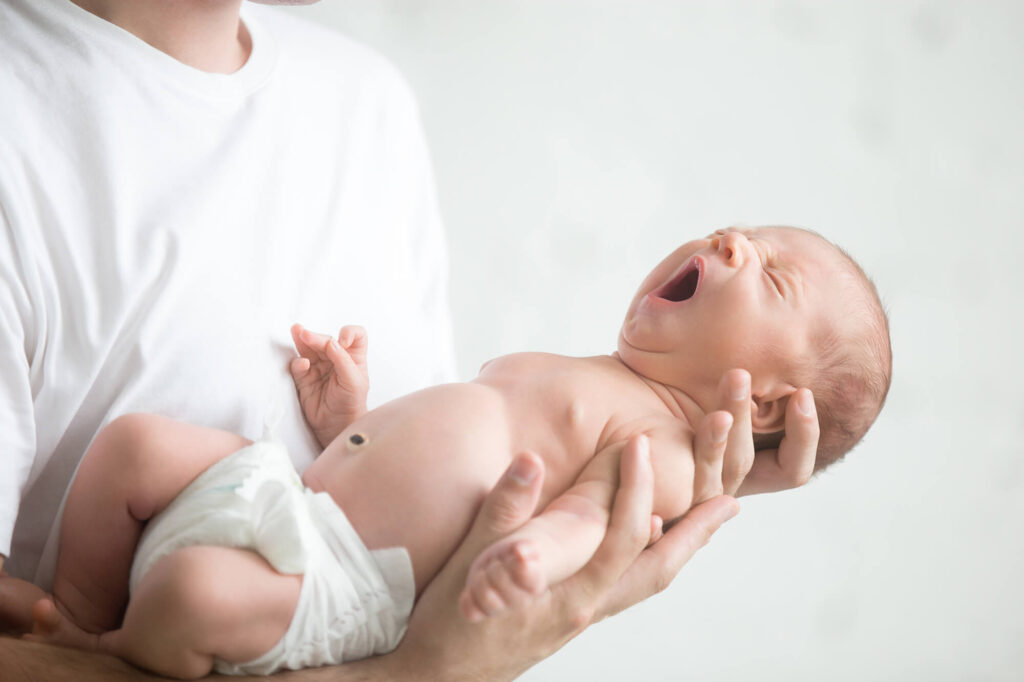
Child structural osteopathy
for injury processes in babies and children: Scoliosis, torticollis, clubfoot, knee valgus and varus, flat feet, ligamentous injuries, growth pains Fascial restoration and unification of criteria in relation to working together with Cranial Children's Osteopathy , visceral and structural to normalize the resulting injury processes. Clinical development in babies and children for: serous otitis, rhinitis, laryngitis, bronchiolitis, obstructed lacrimal duct... Development and clinical protocol in babies and children for: brachial plexus injury, nervousness and insomnia, enuresis...development and clinical protocol in Babies and children for: flat feet, knee valgus and varus, ligament injuries, joint pain due to the growth cartilage, bruxism, childhood migraine. Structural children's osteopathy is specifically designed and designed taking into account the particularities of the baby and child. It consists of some specific maneuvers and others adapted from general osteopathy. Osteopath specialized in women and children.
Visceral Children's Osteopathy
This is born from Visceral Osteopathy for adults, adapting the maneuvers to the structure of the baby and child. To treat possible childhood visceral dysfunctions by acquiring the necessary knowledge to address their correct treatment. It will be an essential section in Children's Osteopathy to be able to regulate the baby, along with the other physiological systems that are in continuous maturational development. for the maturation processes of the digestive system in the newborn and young infant and clinical development in babies for infant colic, reflux and dysfunctions related to the malfunction or maturation process of the digestive system.
When should children and adolescents consult an osteopath?
At birth
This consultation should be made in all cases and should be as soon as possible. The best thing would be to be able to see the baby before two weeks of life.
One month later
One month after the first appointment, our osteopathy specialist confirms that the corrections made in the first consultation remain stable.
At 6 months
At 6 months a visit is necessary to verify the baby's good development.
12-18 months
Between 12 and 18 months is when the child begins to walk and that is why falls on the buttocks and blows to the head are common. If you observe any strong trauma, especially at the occipital or frontal level, or a sudden change in your child's character.
At 2 yearsof age
At this age the child begins to check that the development of the occlusal system (the bite) is correct. Its development is closely related to cranial development. It is very important for the proper development of the occlusal and dental system that the child stops using the pacifier before the age of two and a half.
At 2.5 years of age
The Functional Clinic recommends, in difficult cases of malocclusion, a visit to better guide the mouth closure as it develops.
3 years
At this age, dental occlusion ends and cranial growth continues to occur. If a good occlusion is not found after 3 years, our osteopathic expert schedules a program of several consultations (depending on the case) to correct it as quickly as possible. If necessary, the osteopath may request orthodontic help.
Up to 6 yearsof age
We recommend annual preventive checkups for any dysfunction that may arise up to age 6.
Ages 9 to 10 through adolescents
At this age, the osteopath monitors overall body growth with respect to height and posture to prevent structural deformities of the knees, feet, and spine, such as scoliosis.
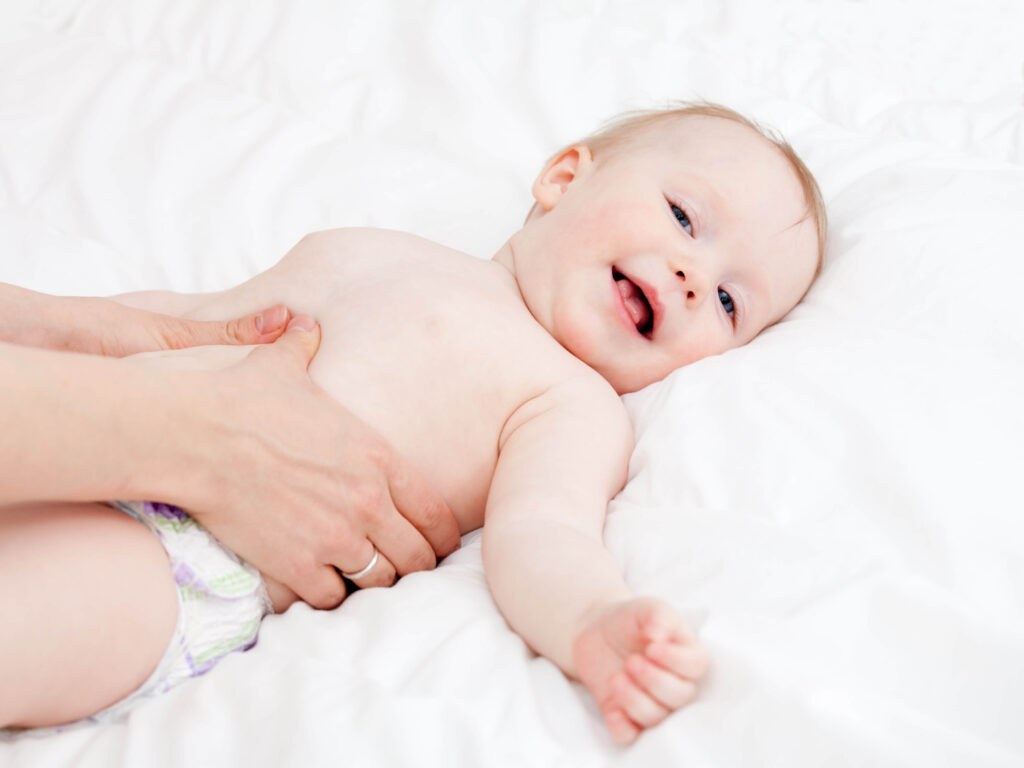
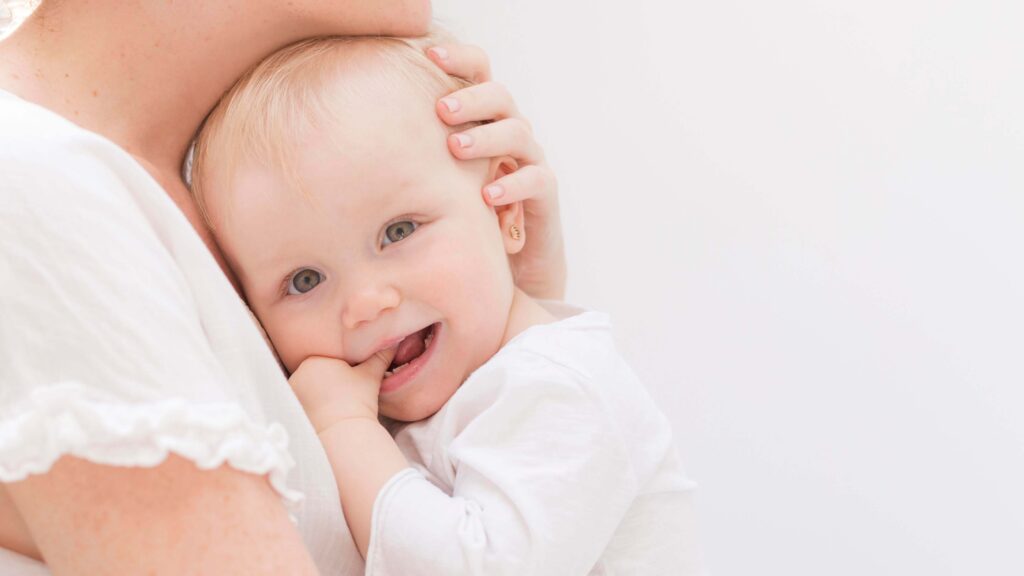
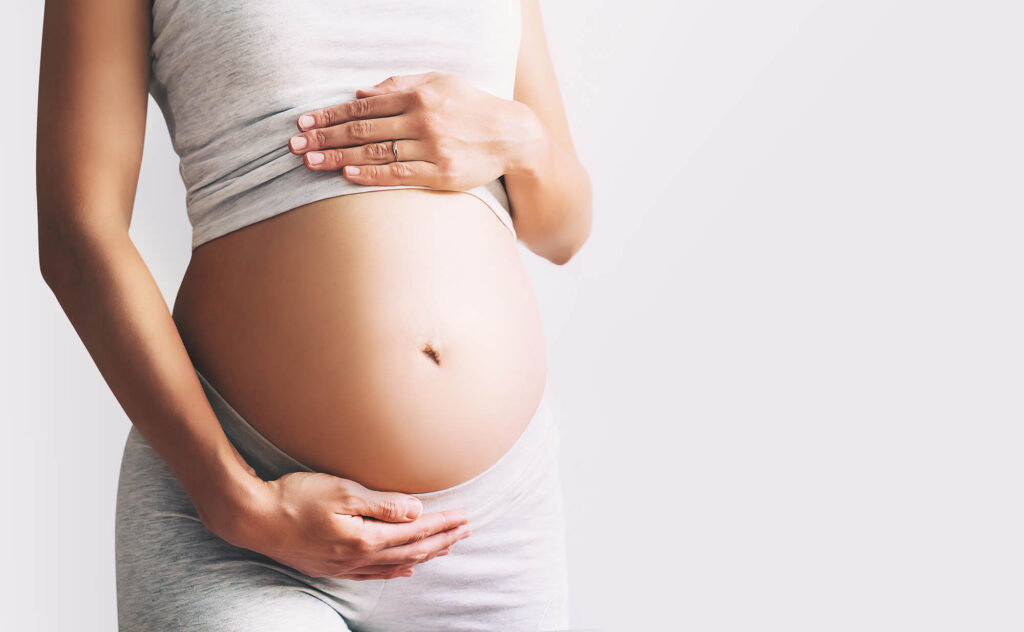
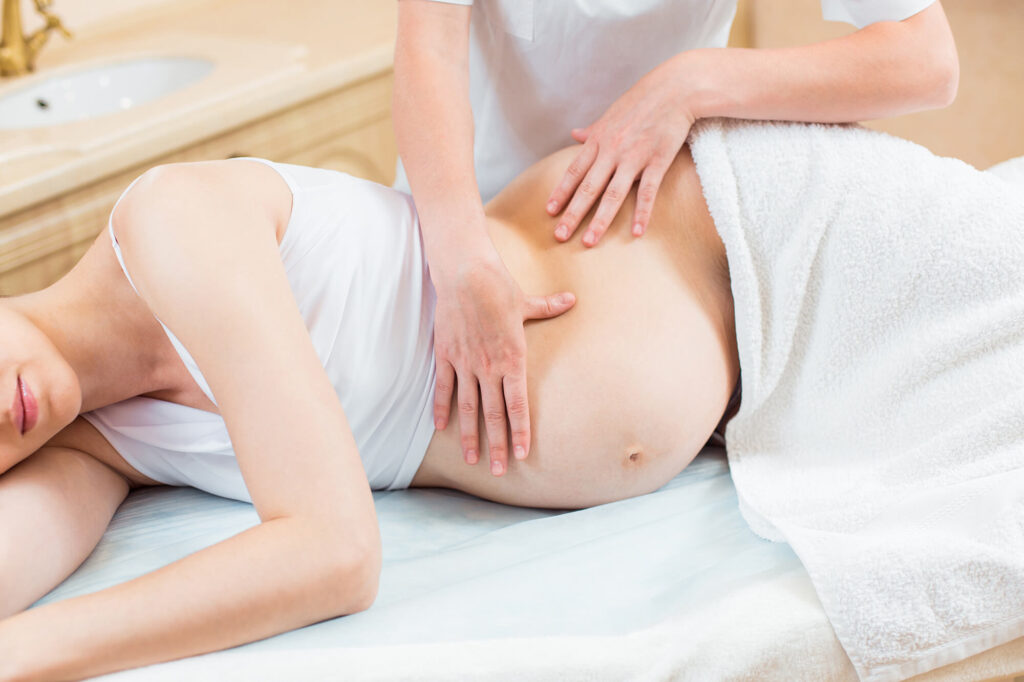
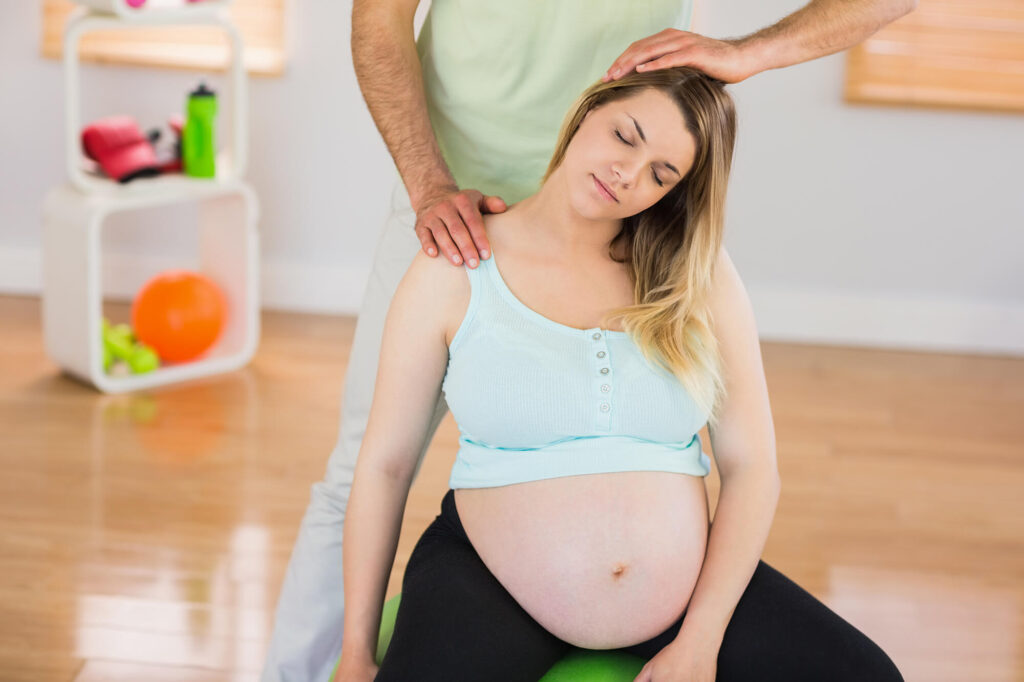
Osteopath in pregnancy
Osteopathy can help you adjust as your child grows. Pregnancy and childbirth are different from anything your body has experienced before. An osteopath experienced in pregnancy can help you adjust. I am proud to support women on their journey to motherhood. I offer osteopathy in pregnancy at.
Here's what you can expect:
Insight from the expert
I will look beyond your symptoms to see the bigger picture and dig deeper to get to the root of the problem.
Personalized care
I will listen to your story to understand what is really important to you and work with you to come up with a plan that is right for you.
The human touch
I will help you let go of tensions that no longer serve you and support you in regaining your natural state of balance.
What is osteopathy in pregnancy?
Osteopathy is a complete system of manual medicine with its own distinctive way of looking at things. It is a safe and effective treatment for back pain, neck pain and many other common conditions of pregnancy. Unlike massage therapists and other alternative practitioners, osteopaths are highly qualified, allied health professionals recognized by the National Health Service with their own government-appointed regulator, the General Osteopathic Council. They are trained to diagnose and treat independently and know when to refer you to your family doctor or other specialists. An experienced pregnancy osteopath can help you adjust to your baby's growth and support you in preparing for delivery. In addition, consulting an osteopath after childbirth can aid later recovery. Ninety-three percent of patients rate their experience with osteopathy as "very good," and 96 percent trust their osteopath's treatment and advice.
What does the osteopath do in pregnancy?
Osteopaths apply modern scientific knowledge of anatomy, physiology and psychology to the use of therapeutic touch. During treatment, they will use their hands to identify areas of tension or imbalance in your body and try to make sense of their origin, what impact it is having, and what kind of support it needs to resolve. They will hold different parts of your body to support them in rebalancing. The treatment is very gentle and most people find it deeply relaxing.
Under what conditions can an osteopath help in pregnancy?
An osteopath can help you stay healthy during pregnancy and make sure your body is ready for delivery. Seeing an osteopath after childbirth can help you get back on track and support your baby to get the best start in life. Osteopathy is a patient-centered rather than disease-centered approach. This means that an osteopath will focus on the tensions and imbalances that are compromising the body's ability to self-maintain and repair itself, rather than on the condition itself. As a result, osteopathy can help you adapt, whatever challenges you may face with your health. Women commonly seek support with a wide range of pregnancy and postpartum symptoms, including:
Back pain and sciatica / Neck pain and headaches / Digestive and circulatory problems / Inability to relax / Other aches and pains
Why choose an osteopathic pregnancy specialist?
The postural, physiological, and psychological changes that women go through during pregnancy and childbirth are unlike anything else they will experience in their lives. Providing safe and effective care during this unique period requires specialized knowledge and skills. Whatever stage you are at in your journey to motherhood, choosing an experienced pregnancy osteopath with advanced training in the care of pregnant women and children will give you the confidence that you are in good hands.
Italian Register of Osteopaths
Registration no. 5228
